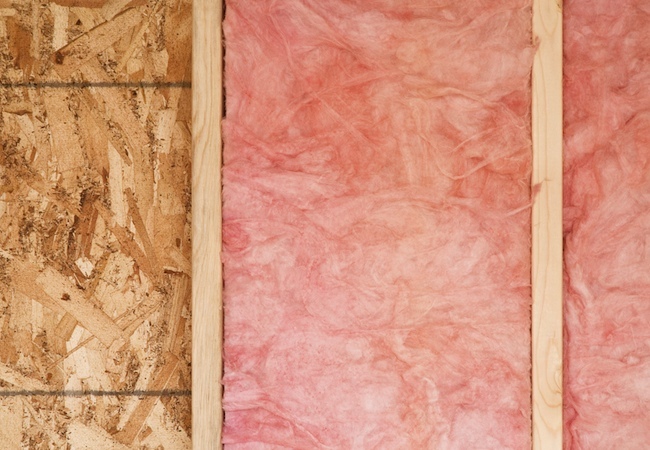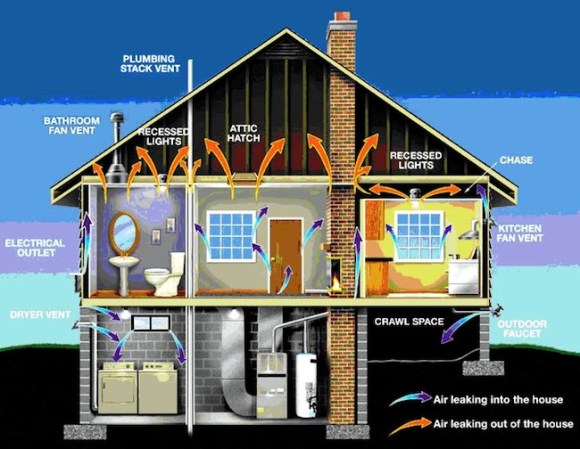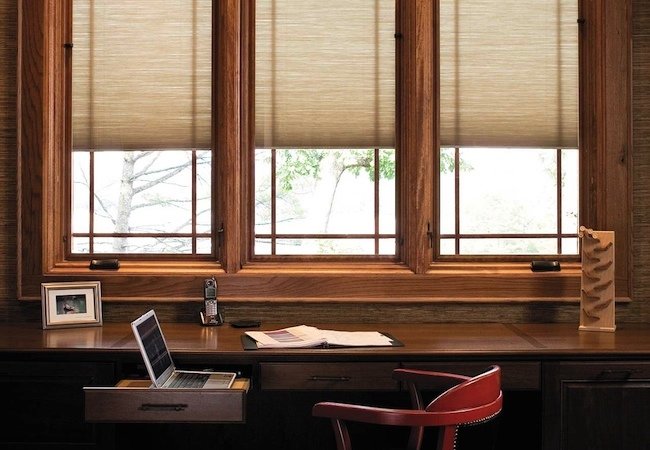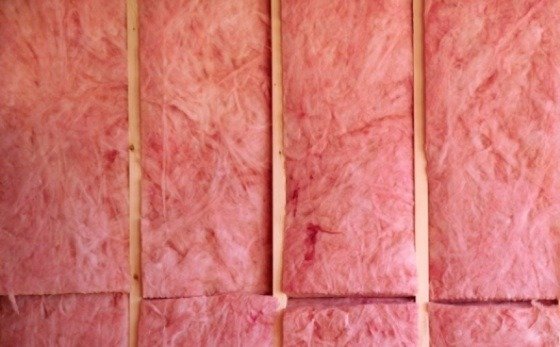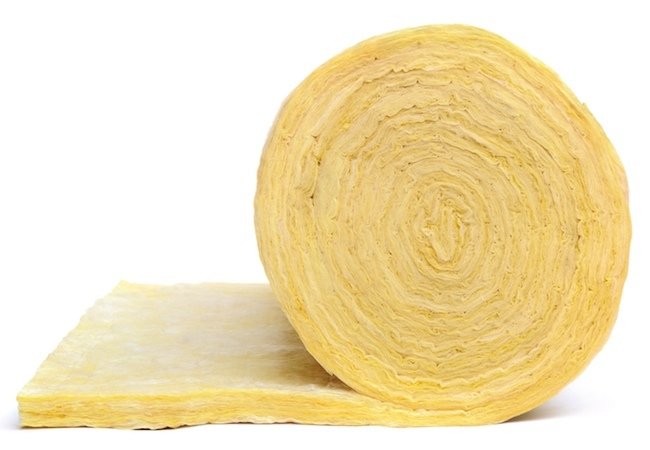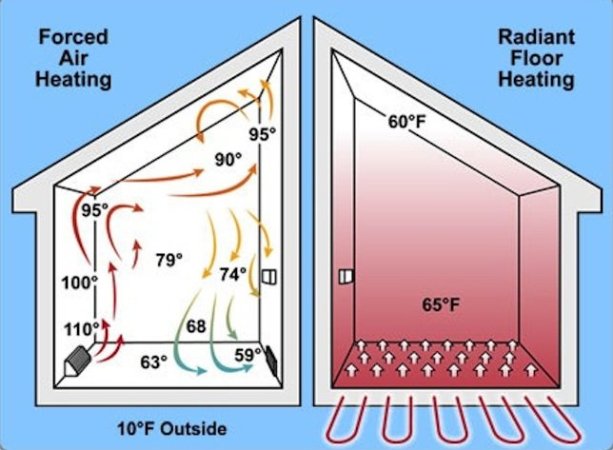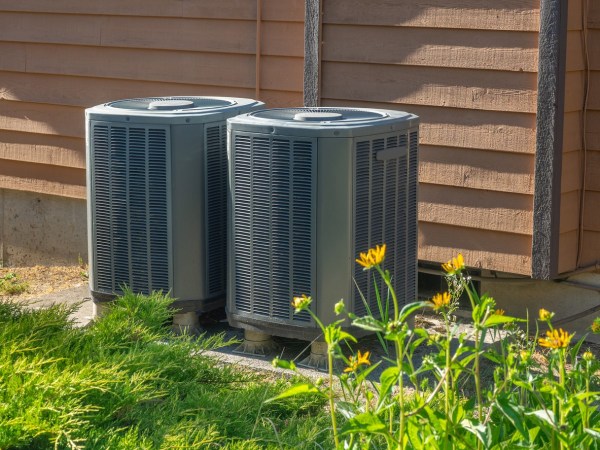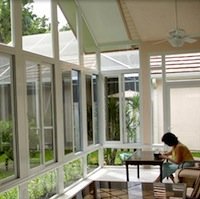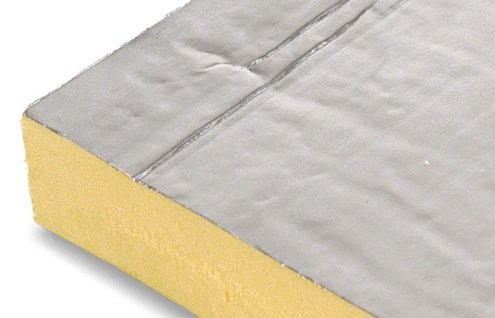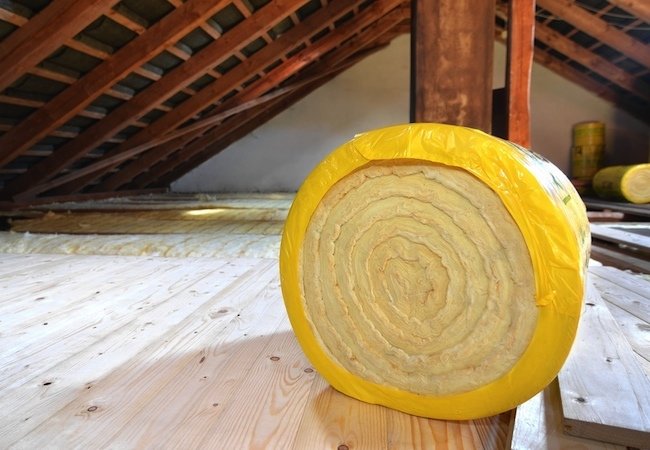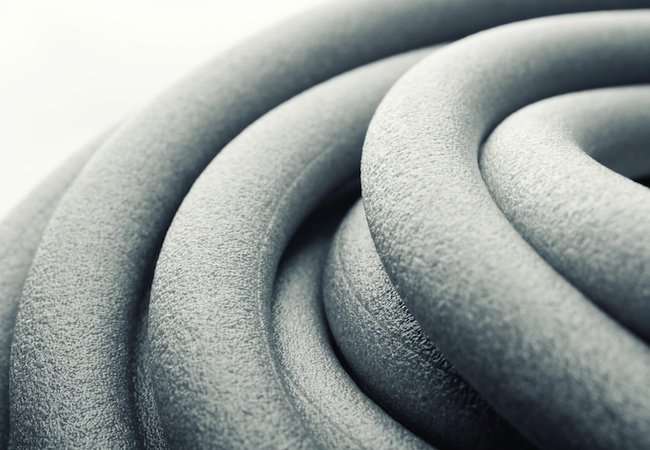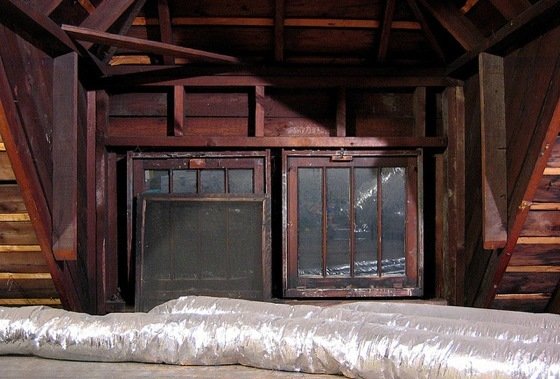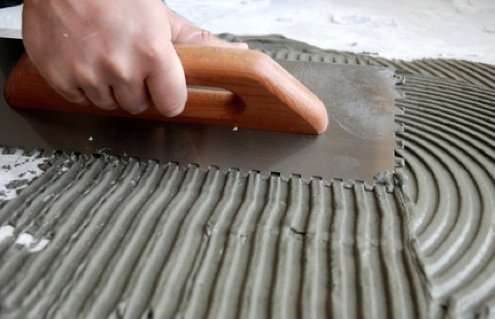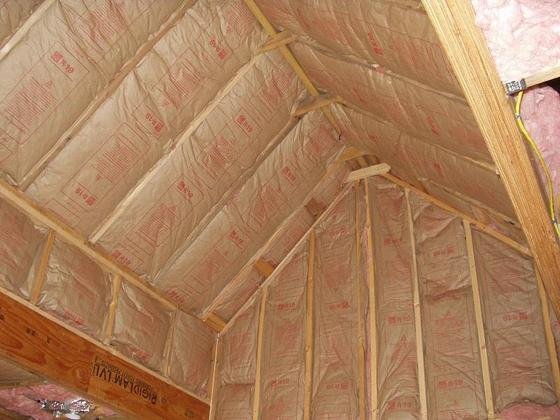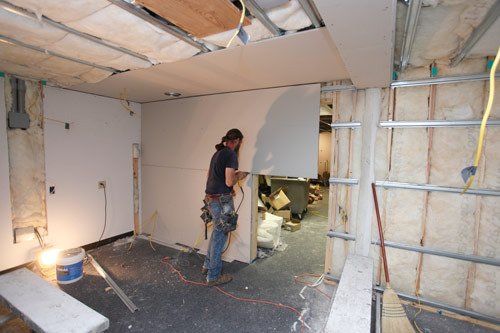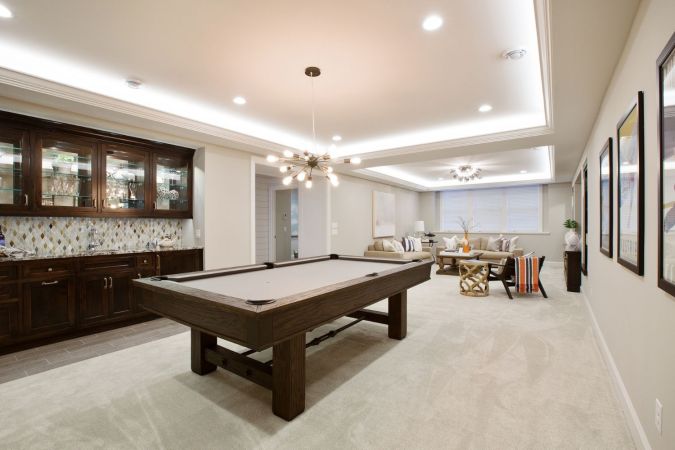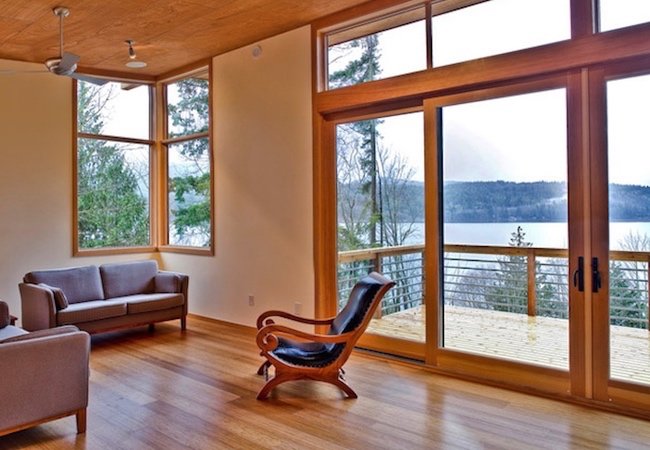We may earn revenue from the products available on this page and participate in affiliate programs. Learn More ›
Ceramic coating has been around for almost 20 years and is highly effective in preventing unnecessary heat loss or gain in residential and commercial structures.
Inspired in part by the ceramic tiles that NASA uses on the Space Shuttle, a ceramic coating is a paint mixed with one or more ceramic compounds for application via spray or roller to exterior and interior surfaces. Depending on the ceramic compounds used (there are hundreds of varieties), this insulating product has the ability to prevent heat transfer and heat loading onto a structure. This means heat will not transfer into or out of a building.
Insulation and Emissivity
Unlike fiberglass insulation, whose R-value rating assumes heat loading by a building and simply measures the rate at which that heat is transferred, ceramic coatings are not given an R-value rating. Instead, they are rated by “emissivity.” a measure of both their ability to reflect heat and the amount of heat that is loaded onto a surface.
“The true key to insulation is preventing heat load,” says J.E. Pritchett, founder and developer of SuperTherm, a ceramic coating product produced by Superior Products International. The concept is simple: Why use fiberglass insulation to slow the transfer of heat into a building when you can just prevent that heat from ever loading onto the building in the first place? If heat is kept off the structure to begin with, that fiberglass insulation becomes unnecessary. It’s a change in the way we think about insulating our homes against energy lost. “R rating is for the 20th century,” says Pritchett. “Emissivity is 21st century.”
Blocking Heat Buildup
Blocking heat buildup is a complicated task. Heat comes in three forms: ultra-violet (UV), visible light, and infrared (IR). A quality ceramic coating will block all three, especially IR, which is responsible for roughly 57 percent of heat load on a building. “Some ceramic paints claim to block all heat caused by UV,” says Pritchett, “but UV only accounts for three percent of heat load on a building.”
Consumers should be careful to distinguish between purely reflective coatings and true insulating coatings. Reflective coatings only perform when clean and will not block all forms of heat, but a coating with insulative and reflective qualities will block more than one form of heat. “SuperTherm uses four ceramic compounds to block short-wave radiation, IR, and to block the conductivity of heat through the surface,” claims Pritchett. “It’s not just a reflective coating.”
Blocking Heat Transfer
As an exterior surface coating, insulating ceramic paints or coatings can be applied to the roof and sides of a building. This includes roofing surfaces such as metal, felt, asphalt, aluminum, and sidings made of rubber, vinyl, and aluminum. Ceramic coatings can be used on the interior of a home, too.
“Since most of mechanical heat is IR heat, ceramic coatings can be used to prevent heat loss from inside a building,” Pritchett says. A home interior coated in ceramic paint can therefore reduce energy costs due to heat loss in the colder months. “We estimate that a home can save up to 40 to 50 percent in energy costs using our product,” Pritchett says. Payback on a product like SuperTherm, which retails for about $100 per gallon, can come in as little as two years.
Some ceramic coatings feature additional properties, like preventing moisture migration. Some structures see up to 25 percent of HVAC costs coming from dehumidification needs, but a ceramic coating can also bring savings through moisture management. Additional features can include mold and mildew control, sound attenuation properties, and fire resistance.
Ceramic Coatings vs. Fiberglass Insulation
Fiberglass is the giant in the insulation industry, and the R rating to which it conforms is ingrained in the minds of contractors, builders, and code inspectors. Insulating ceramic coatings offer an alternative to traditional batt insulation. “Fiberglass insulation is tested and rated at 73 degrees Fahrenheit, which is the ideal temperature for fiberglass,” says Pritchett. Under harsher conditions, Pritchett suggests that fiberglass doesn’t perform as well as its ratings predict.
Fiberglass is also rated in terms of thickness. “Six inches of fiberglass insulation might get an R-19 rating,” says Pritchett, “but how many builders will cram that six inches of insulation into four inches of stud wall? That R-19 rating doesn’t account for compression of the product.” SuperTherm achieves an R-19 rating with one coat applied, and a rating of R-28.5 when the surface is coated on the exterior and interior.
Ceramic coatings have yet to become code-approved and accepted as a sole means of insulating a home, but the demand for increased energy efficiency is likely to push these products to the front of the consumer market.
